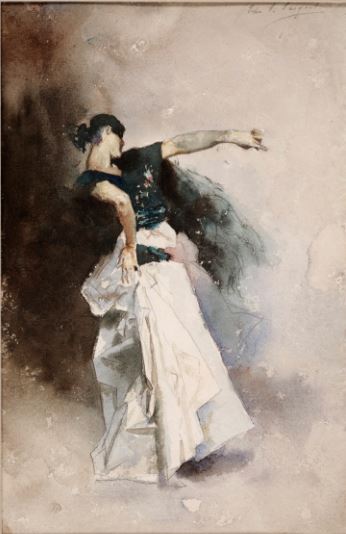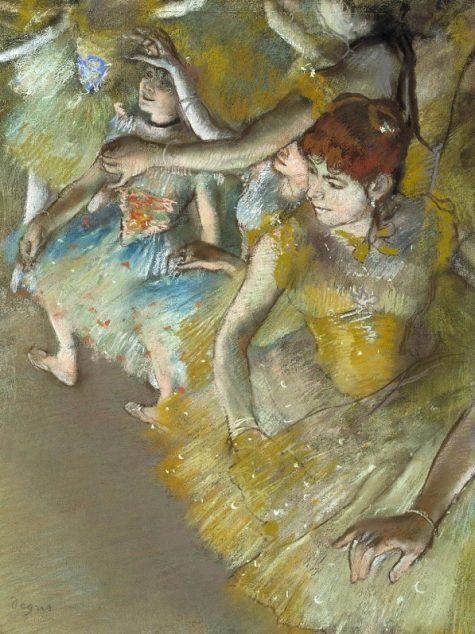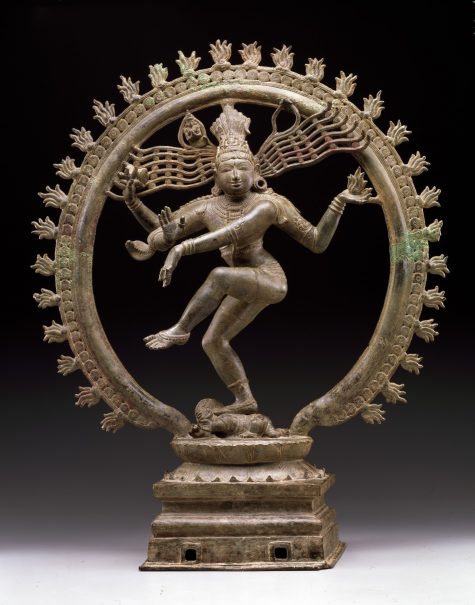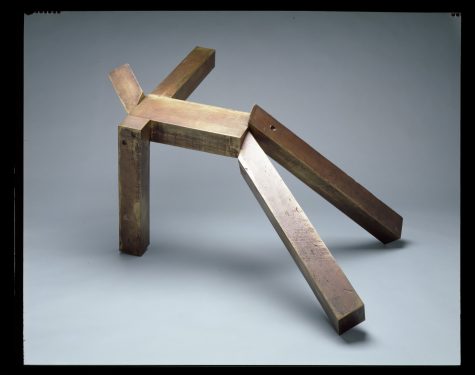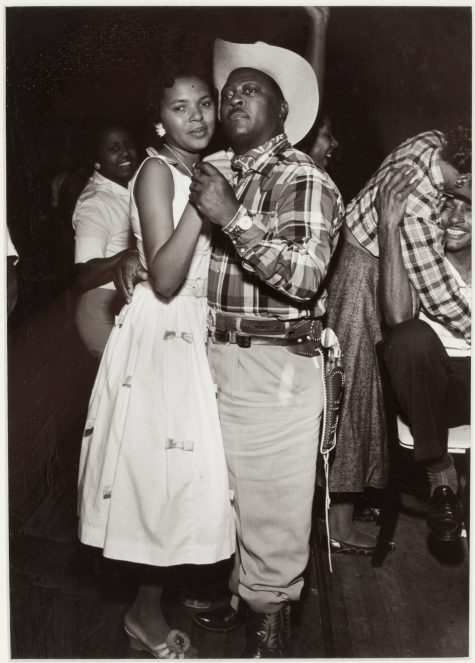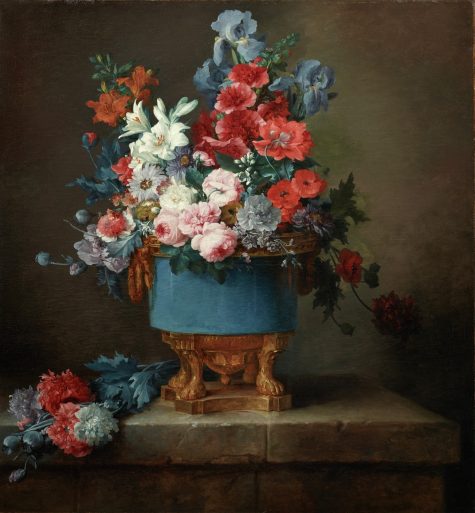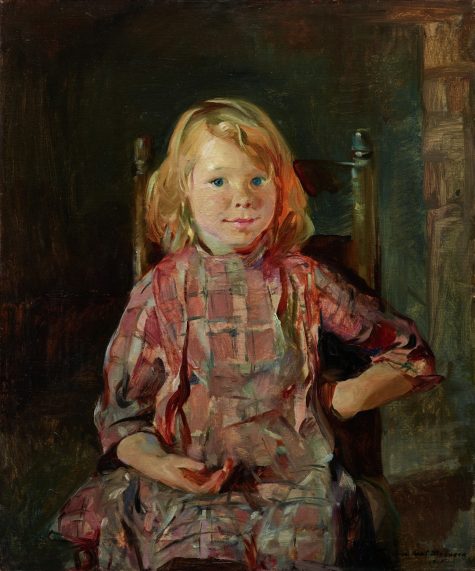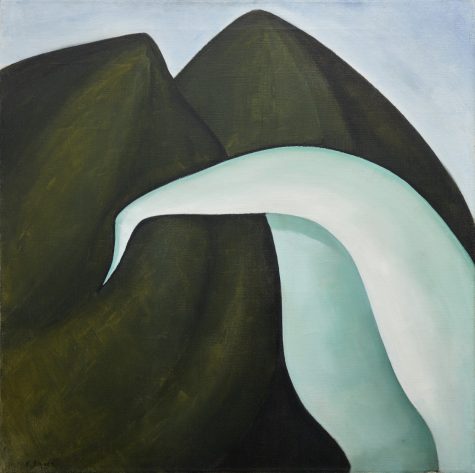The Princess Bride is one of my favorite movies. It has everything a classic fairy tale should—sword fights, castles, intrigue, large rodents, pirates, even (*gasp*) kissing!
Therefore, my excitement knows no bounds as our Second Thursday with a Twist this week is themed As You Wish—a fun night exploring themes between our collection and The Princess Bride.
You’ll be able to watch a fencing demonstration, take a scavenger hunt through the Museum, and listen to actors dramatically read passages from the book.
To prepare you for an inconceivable night, I wanted to share some works of art from our collection that remind me of characters or scenes from the movie:
The Dread Pirate Roberts is swoon-worthy and mysterious—as is Le Captaine.
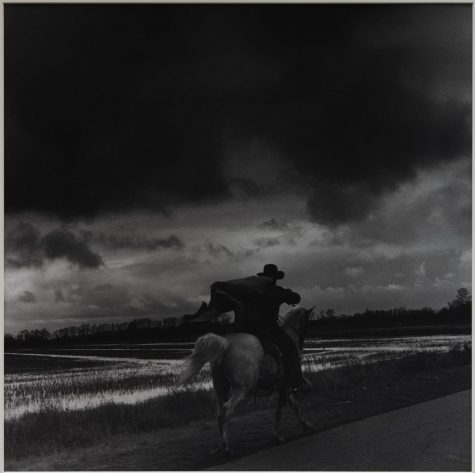
Debbie Fleming Caffery, Le Captaine, Louisiana, 1995, gelatin silver print, Dallas Museum of Art, gift of DMA Friends of Photography, 1998.127
The Dread Pirate Roberts first appears at the Cliffs of Insanity, and I always imagine that this painting could have inspired them.
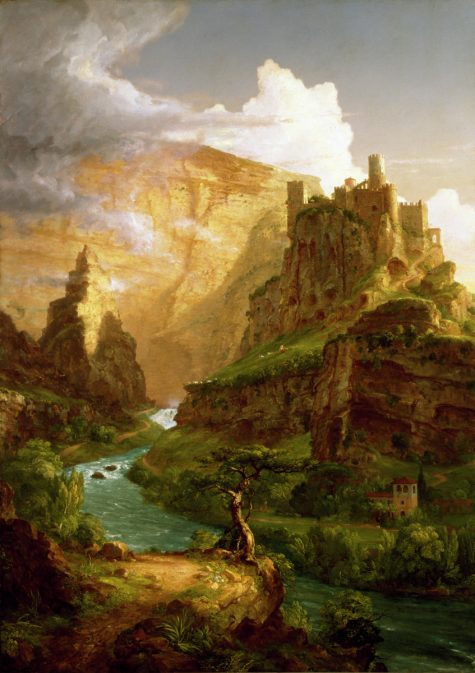
Thomas Cole, The Fountain of Vaucluse, 1841, oil on canvas, Dallas Museum of Art, gift of J. E. R. Chilton, 1992.14
Atop the Cliffs of Insanity, the most epic fencing scene takes place, and every time I walk by this painting I think of Inigo Montoya and automatically say “You killed my father, prepare to die!”
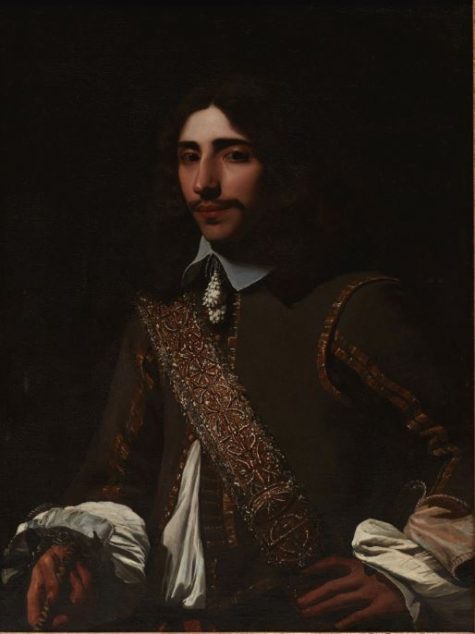
Michael Sweerts, Portrait of a Gentleman, possibly a Member of the Deutz Family, 1648–49, oil on canvas, Dallas Museum of Art, The Karl and Esther Hoblitzelle Collection, gift of the Hoblitzelle Foundation, 1987.25
For those who love Fezzik, Untitled (big/small figure) features our resident giant.
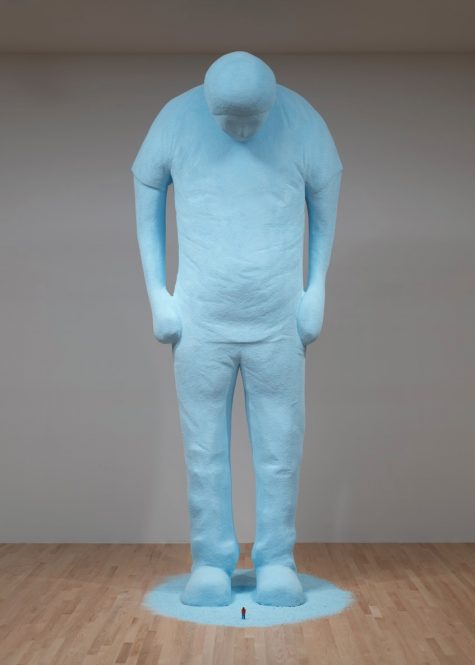
Tom Friedman, Untitled (big/small figure), 2004, styrofoam and paint, promised gift of the Dallas Museum of Art Board of Trustees to the Dallas Museum of Art in honor of John Eagle; Dallas Museum of Art through the TWO x TWO for AIDS and Art Fund, © Tom Friedman, 2004.33.a-c
One of Fezzik’s memorable lines is “Anybody want a peanut?” So try not to start a rhyming game when you see this gold weight in the Power of Gold exhibition.
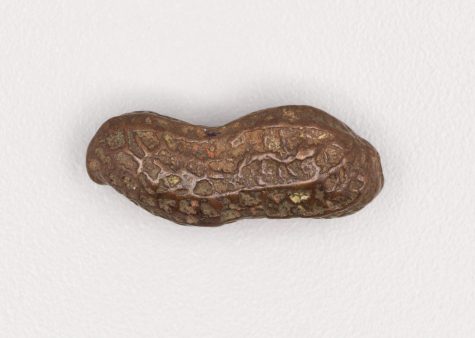
Goldweight, Asante peoples, possibly, mid-20th century, brass and copper alloys, Dallas Museum of Art, Foundation for the Arts, The Alfred and Juanita Bromberg Collection, bequest of Juanita K. Bromberg, 2000.229.86.FA
The battle of wits between Westley and Vizzini brings us another classic scene: “Are you the sort of man who would put the poison into his own goblet or his enemy’s?”
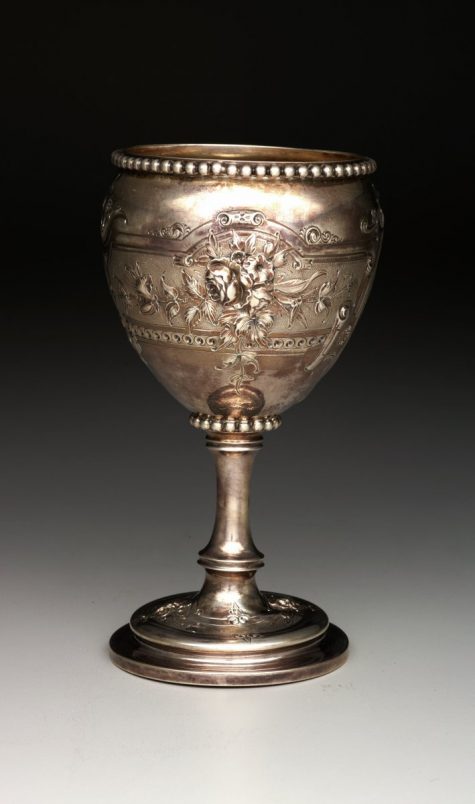
Goblet (one of a pair), George B. Sharp for Bailey & Co., c. 1864, silver, Dallas Museum of Art, gift of Jo Kurth Jagoda in memory of Constance Owsley Garrett, 1989.20.2
There are three things to fear in the Fire Swamp, and whenever I see this painting I think if I went just beyond the trees I might step on a fire spurt, fall into some quicksand, or encounter an R.O.U.S.
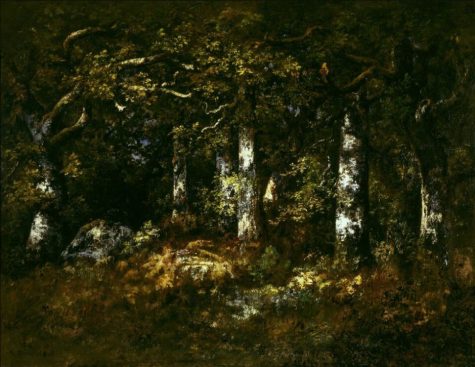
Narcisse–Virgile Diaz de la Peña, Forest of Fontainebleau, 1868, oil on canvas, Dallas Museum of Art, Munger Fund, 1991.14.M
Speaking of R.O.U.S.es—while this rat is not an unusual size, it clearly has no problem attacking a human and eating his nose!
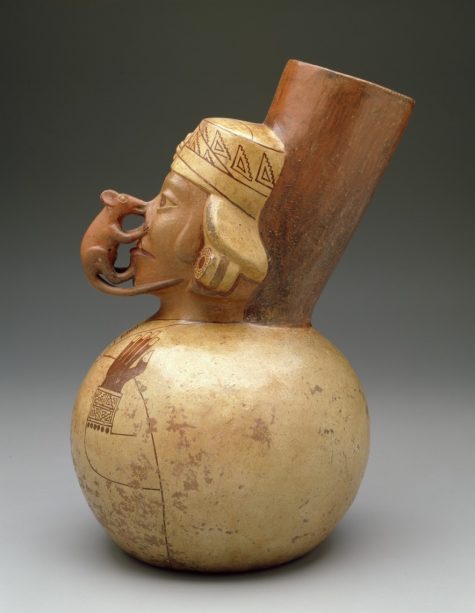
Large jar: figure with rat eating the nose, Moche culture, 400–600 CE, ceramic, slip, and paint, Dallas Museum of Art, The Nora and John Wise Collection, gift of Mr. and Mrs. Jake L. Hamon, the Eugene McDermott Family, Mr. and Mrs. Algur H. Meadows and the Meadows Foundation, Incorporated, and Mr. and Mrs. John D. Murchison, 1976.W.116
Killer rodents aside, if you are a fan of TRU WUV be sure to join us on Thursday night!
Stacey Lizotte is the DMA League Director of Adult Programs at the DMA.
